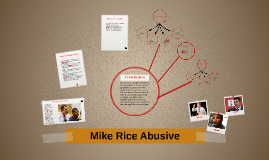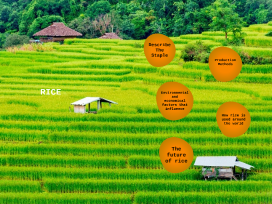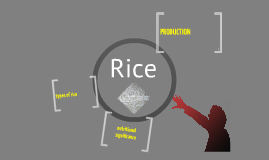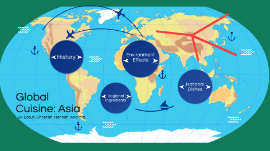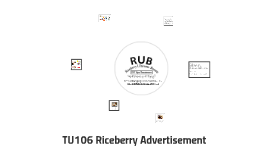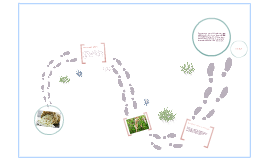Rice Presentation
Transcript: Global Cuisine: Asia By: Bozun, Christian, Hannah, And Mia History History South Asian cuisine includes the cuisines from the Indian subcontinent and when included in the definition, also that of Afghanistan. South West East Asian cuisine includes Chinese, Japanese, Korean, Mongolian, Taiwanese and Tibetan food. North East Many dishes that are now popular in Thailand were originally Chinese dishes. South East Environment Effects Extremely arid South West Hunting, fishing, and trading Riverine Environment North East Mountainous Region South East Influenced by China and India Surrounded by water Ingredients Regional Ingredients India, Pakistan, Sri Lanka, Burma South West North East China China Garlic, anise, ginger, black pepper, chili, green onion, soy sauce, vinegar, oyster sauce, satay sauce, sesame oil, hoisin sauce, rice vinegar, plum sauce Korea Korea gochujang paste, soybean, Doenjang soy paste, Ganjiang soy sauce, ginger, garlic, onion, sesame oil, chili powder, lee Japan Dashi, mirin wine, miso paste, rice vinegar, sake (rice wine), chili sauce, wasabi, shichimi togarashi, tamari (soy sauce), pickle ginger, nori (seaweed), sesame Japan South East Thailand, Laos, Cambodia, Viet Nam, Indonesia, Malaysia, Singapore, Brunel Many different types of herbs and spices such as basil, marjoram, Onion, cumin, cilantro, basil, dill, cloves, coriander, mint leaves, ginger, chili, shallot, lemongrass, chives, shrimp paste, fish sauce, satay, peanut sauce Main Dishes National Dishes China Dim sums are small bite-sized rounds stuffed with veggies or meat. Dim sums are a perfect steamed snack to delight those evening cravings. North East Thailand Tom yam kung A rave party for the mouth. The floral notes of lemongrass, the earthy galangal, freshness of kaffir lime leaves and the heat of the chilies. South East India Butter chicken is one of the top orders at any Indian restaurant in the West and for good reason—it is delicious. This sultry poultry dish tastes great with kaali daal (black lentils), naan, and a green salad. South West






